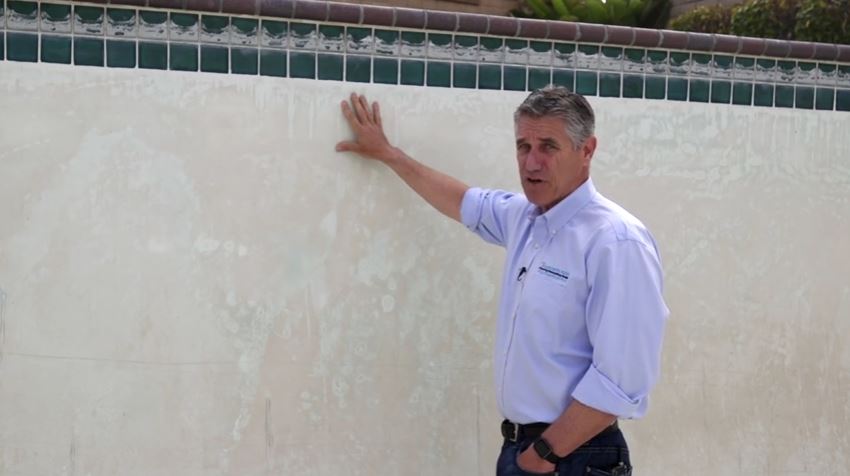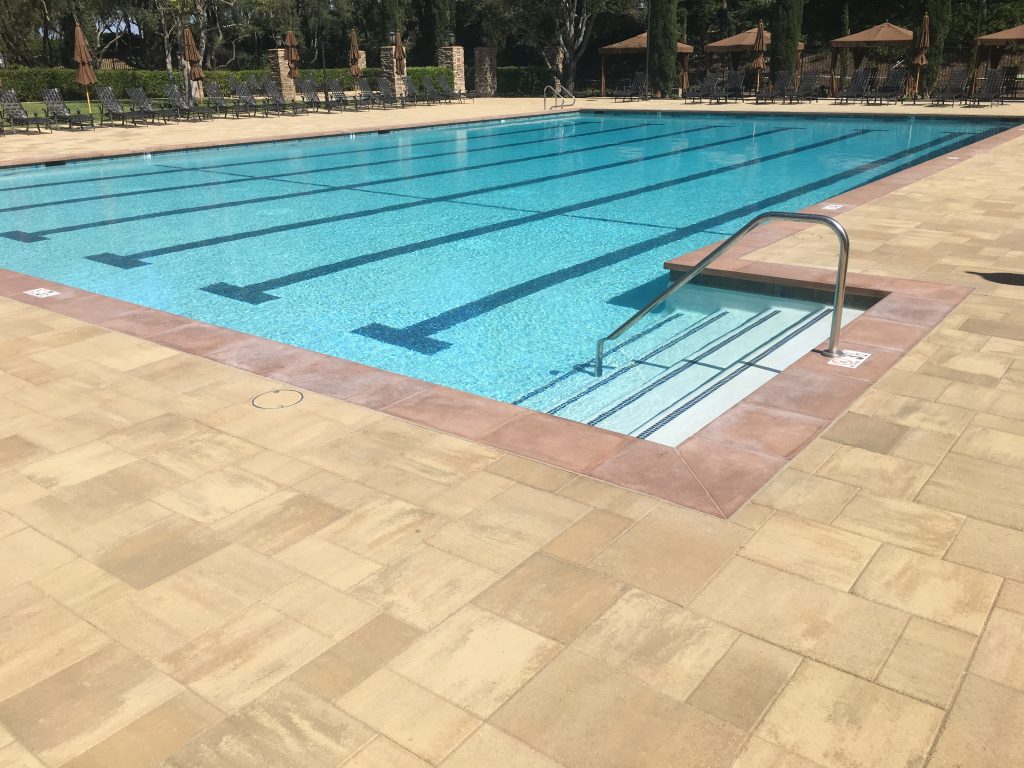Pool Plastering Basics: The Problem with Spot Etching
After many decades in the industry, we have found that the most common and unavoidable problem with pool plaster is spot etching. You may not be familiar with the term, but spot etching is something that threatens the value of your home and the longevity of your pool. In this overview, we’ll explain the basics of spot etching and why you should care about it.
What Is Spot Etching
Have you ever seen a pool with inexplicable white splotches or patterns in the plaster? Those white bits are what we are referring to when we say spot etching. Pool plaster is a form a cement that is designed to withstand water for extremely long periods of times, and while your pool is probably not leaking, the etching is a very difficult problem to navigate. This blog will have several segments that get into the gritty details of how etching happens and what you can do about it. If you take a little time to educate yourself, you’ll see that you do in fact have the power to manage etching and prevent potential threats that can follow.
How Big of a Problem Is Etching?
When we first noticed that etching was a common occurrence in the 70s, we actually got together with industry leaders to investigate the issue in depth. We found that even today, 60 to 80 percent of all home pools have at least some etching. We also found that etching never stays isolated. Once a pattern is discovered, it is certain to slowly spread.
Now if the etching was just a discoloration, you might not care too much. Not everyone invests in aesthetics as much as others, and even if you were concerned, a simple paint job could cover the problem. We wouldn’t be putting this effort to help you understand the problem if it were that easy. Spot etching can hurt the value of your pool with its discoloring, but more sinister problems can accompany the spots. First, the process that causes the etching often lends the plaster to saturate. If left untreated, the saturation will eventually compromise the strength of the plaster and lead to some pretty expensive repairs. Of course, the saturation itself can be treated directly without re-plastering. Unfortunately, spot etching is permanent, and it offers more problems than just saturation.
The biggest issue with spot etching is that it creates weak points between the plaster and the water. These regions are more soluble and less resistant to corrosive water, and that means that eventually the etching can lead to thinning and, eventually, holes in the plaster. Before you panic, understand that this is a slow process. You have plenty of time for a professional consultation to help you plan a course of action to correct the etching and ensure that your pool returns to a pristine state. That said, waiting only allows the problem to persist, so it’s usually best to tackle the problem as soon as you are able.
Learn more about the problem of spot etching in our next installment, ‘What is Pool Plaster?‘
Pool Plastering with the Pros: Spot Etching – An Overview







